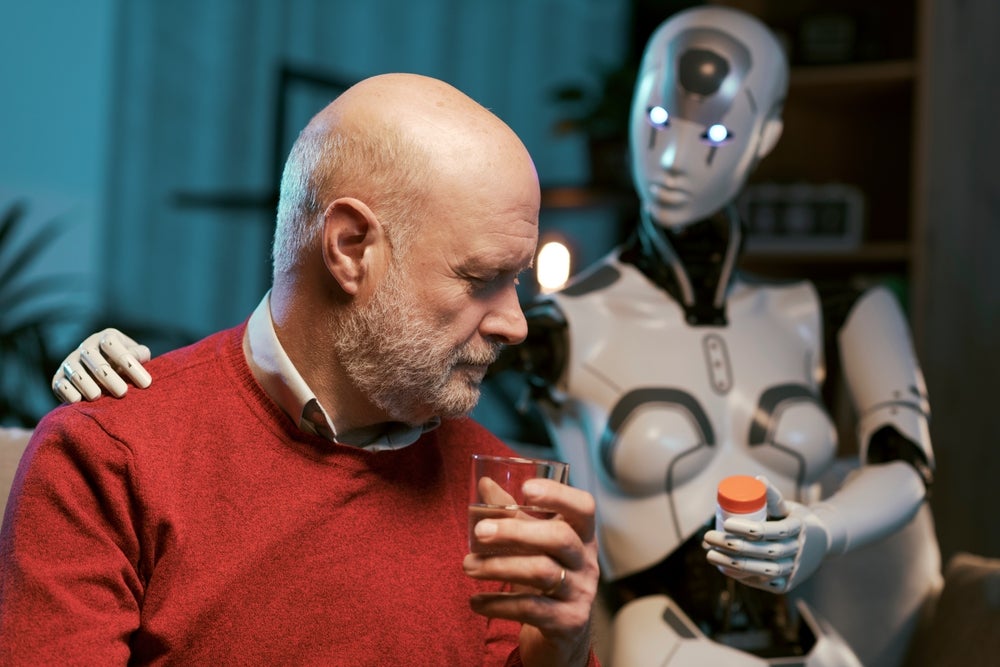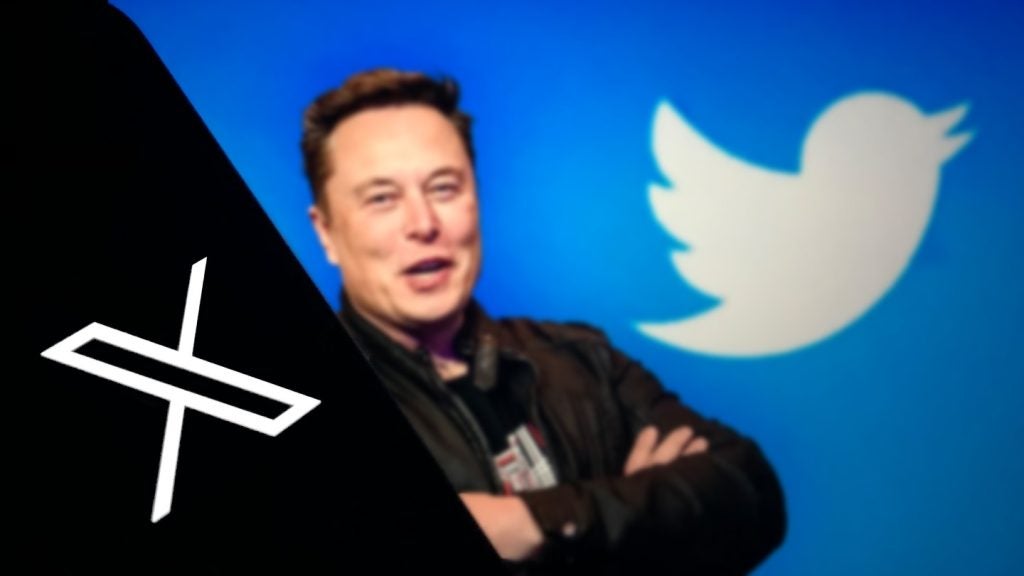A recent trend showing users employing make-up to resemble unsettling, android-like creatures to creep out audiences tapped into the horror trope of killer robots that ultimately destroy humanity.
this interesting new trend cropped up on TikTok in November 2023 when videos using the hashtag ‘uncanny valley’ were viewed more than 821 million times on the social media app.
What is the uncanny valley?
‘Uncanny valley’ was a term coined by roboticist Masahiro Mori in the 1970s to denote the relationship between how closely a robot resembles a human, and the emotional response it evokes. According to this theory, people are most uncomfortable when a robot that looks incredibly life-like only has a few discrepancies, such as, while looking like a human its movements are slow and stilted. The phenomenon sits at the intersection between psychology, philosophy, and design when building a robot.
The TikTok trend draws from dystopian inspiration, from popular culture references such as the 2018 video game Detroit Become Human which depicted a robot uprising in 2038. It perfectly exemplifies the theory of uncanny valley, with social media users playing on this sense of unease, and uncertainty for how far robotics technology can go in the age of artificial intelligence.
Are android robots coming of age?
Android robots more closely resemble the human form and have artificial skin, hair, and clothes. Their primary purpose would be to perform tasks where interacting with people is required, such as service jobs and caring for the elderly. However, Mori’s theory suggests that most people would not want a creepy robot carer, especially one who does not have the capacity to care about its patient.
In October 2017, robotics company Hanson developed the first android, named Sophia, to be introduced to the United Nations and have a nationality. She caught the attention of media outlets globally, and demonstrated a capacity for humor, responding appropriately to the journalists’ questions.
How well do you really know your competitors?
Access the most comprehensive Company Profiles on the market, powered by GlobalData. Save hours of research. Gain competitive edge.

Thank you!
Your download email will arrive shortly
Not ready to buy yet? Download a free sample
We are confident about the unique quality of our Company Profiles. However, we want you to make the most beneficial decision for your business, so we offer a free sample that you can download by submitting the below form
By GlobalDataHow can AI fit into android robotics?
Artificial intelligence (AI)—alongside sensors, cameras, and actuators—is the backbone of automation. AI can help to decipher commands, questions, and statements, and the robot can respond accordingly.
However, the technology is simply not there yet to make ultra-realistic androids. Actuators that help these robots with movement are a long way off replicating the dynamic movements of a human. Large language models are not capable of creating ultra-realistic linguistic abilities in robots, despite growing datasets.
It is not just about the technology, but also what it seeks to replicate
There is still a fair amount that we do not know about the human brain and how consciousness works. The understanding of how cerebral networks communicate, and function is still relatively new, which begs the question: how can we instill consciousness and intuition into a robot if we cannot fully understand how it works in humans? An AI model cannot embed a sense of humour, sadness, or empathy into a robot.
In this sense, AI’s capacity to support the creation of ultra-realistic humanoid robots is yet to be seen. If we adopt Mori’s theory, we should assume that the development of these machines is decades, if not more than a century out. AI models cannot replicate a human brain if the human brain is not fully understood. Ultimately, no matter if you dress a robot up to look like a human, something will always be off, not quite right, not quite human.









Related Company Profiles
TikTok